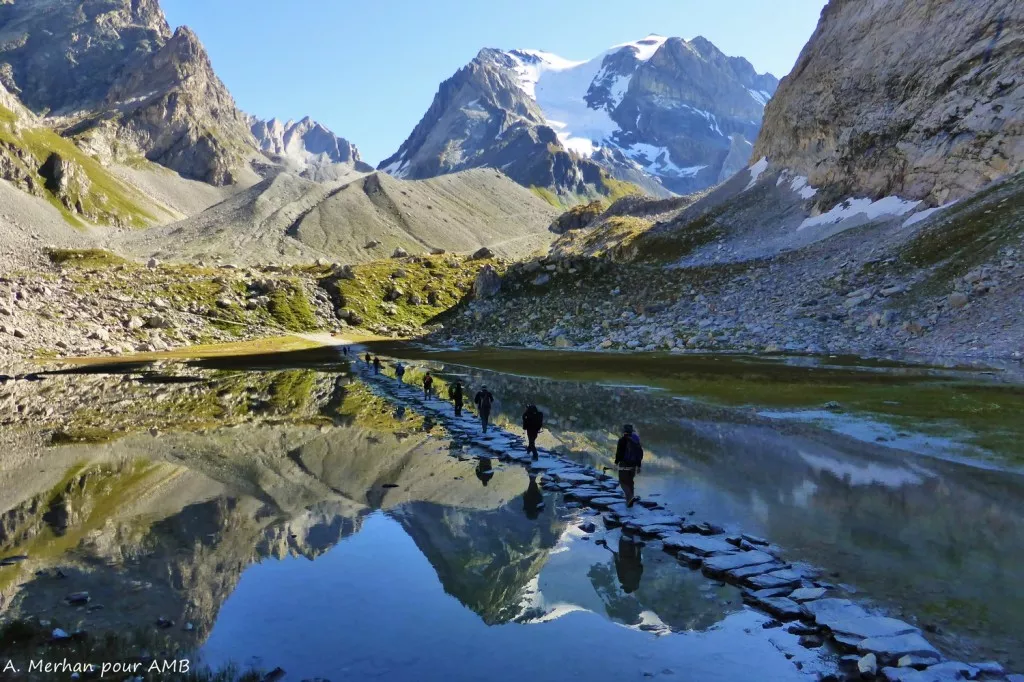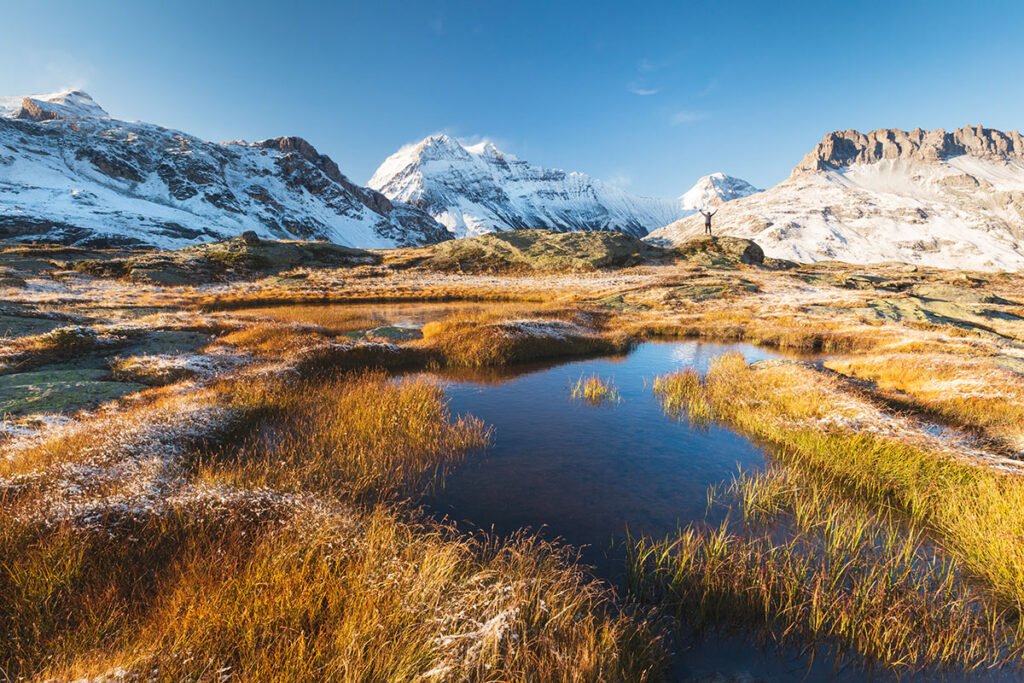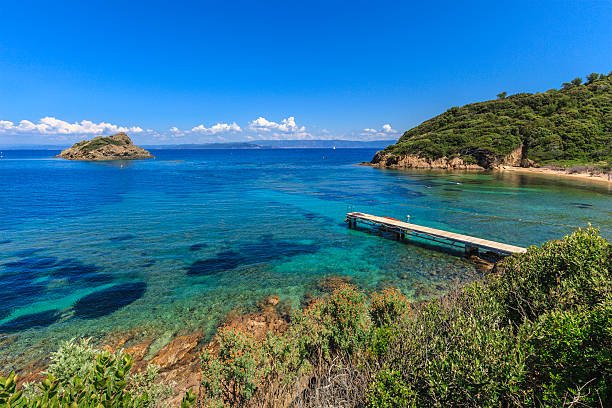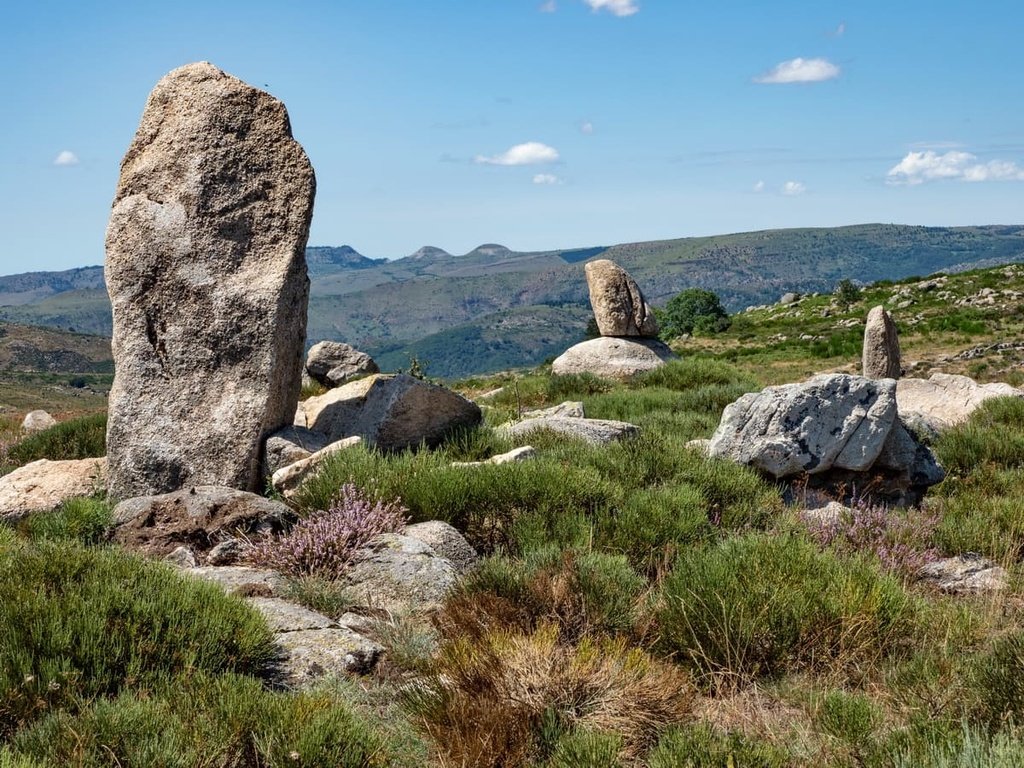The beautiful natural landscape delights every tourist, and above all, an active traveler. Open spaces are ideal places to practice your favorite activities in picturesque surroundings: hiking, swimming, diving, paragliding and winter sports. France’s national parks are unique protected natural areas, both on land and at sea. Healing and discovery spaces available to everyone attract planty of visitors every year.
Vanoise National Park


Vanoise National Park is the oldest of the French national parks. The National Park shares a 14-kilometer border with Italy’s Gran Paradiso National Park. Together they form one of the largest protected areas in Europe. Many wonderful trails invite you to hike and climb peaks to these natural wonders. And the picturesque pastures continue to be used.
Port-Cros National Park


The National Park of Port-Cros is among the oldest french national parks and the first marine park. Located is east of Toulon. In 2012, the national park was deeply reformed. After a meeting between the local professionals, the National Park area has been totally remodeled. The island of Port-Cros and its small South Sea port, is a fairyland of green and blue, where the forest meets the sea – 30 km of trails provide signposted hikes .
Pyrenees National Park


The Pyrenees National Park located in the central region of the eponymous mountain range in France, covers an area of 45,707 hectares. This protected area safeguards a variety of landscapes, including mountain peaks, glacial cirques, and valleys of great environmental significance on the northern slopes of the Pyrenees, bordering Spain.Its protected expanse stretches longitudinally from west to east, encompassing iconic sites such as the Midi d’Ossau peak, the Vignemale peak, Gaube Lake, the Néouvielle massif, and the glacial cirques of Gavarnie, Estaubé, and Troumouse.
Cévennes National Park


The Cévennes National Park covers stretching to the south-east of Lozère and the north-west of Gard.It’s s full of wild, unspoilt countryside dotted with torrents, rivers and streams, and is home to a rich and diverse range of flora and fauna, which is why it has been listed as a UNESCO World Biosphere Reserve.
The Tarn and Jonte gorges, the granite massif of Mount Lozère, the Cévennes ledge between Florac and Saint-Jean-du-Gard, the caves of Aven Armand and Dargilan, the blockfield of Nîmes-le-Vieux, and the Aigoual Massif, along with the Bramabiau Chasm, the meteorological observatory site at Mount Aigoual and Le Minier Pass, are some of the wonderful sights to see here.
Ecrins National Park


Ecrins National Park is located in southeastern France, in the Dauphiné Alps. It’s a real paradise for hikers and climbing enthusiasts: There are over 700 km of marked trails to explore steep peaks, glaciers, vast alpine meadows, high altitude lakes and magnificent mountain streams. A unique landscape and biodiversity, with over 4,000 identified species of animals and plants. Ecrins National Park is diverse and reflects 7 valleys carved by glaciers. Briançonnais, Vallouise, Embrunais, Champsaur, Valgaudemar, Valbonnais and Oisans, each with distinctive landscapes and cultural features.
Mercantour National Park


Mercantour National Park is a national park located in the French Maritime Alps. It is located in the departments of Alpes Maritimes and Alpes de Haute Provence in the Provence-Alpes-Côte d’Azur region. The park covers most of the valleys of the Ubaye, Tinée, Var, Cians, Vésubie and Roya rivers. The highest peak in the Maritime Alps is Monte Gelàs. Over the course of over 550 km of trails, hikers discover views in which the Mediterranean extends as far as the eye can see.
Guadeloupe National Park


Guadeloupe National Park – one of the French national parks located in Guadeloupe in the eastern Caribbean. Located on the island of Basse-Terre, Guadeloupe National Park was created in 1989, becoming the first French national park in the overseas territories. It aims to preserve the nature of the Antilles and its fauna and flora, both marine and terrestrial. The park covers nearly 22,000 hectares, including 17,300 hectares of tropical forest and 3,700 hectares in a humid and marine environment.
Some of the most beautiful natural sites of Guadeloupe are located in this area. Thus, you can discover the famous Soufrière volcano, the highest peak of the Lesser Antilles at 1,467 metres in altitude, the magnificent and impressive Carbet falls or the exotic nature reserve of the Grand Cul-de-Sac Marin.
Réunion National Park


Reunion National Park is a national park on the French island of Reunion in the Indian Ocean.The Réunion National Park is listed as a UNESCO World Heritage Site. It owes the richness of its landscapes and its biodiversity to the great variety of climates, reliefs and soils present on the island. Formed by successive volcanic eruptions and shaped by erosion, the mountainous Réunion landscapes make it a great destination for hikers.
Guyana Amazon Park


The Guiana Amazonian Park, which shares a border with Brazil, is one of the biggest protected areas in the world (covering 3.4 million hectares, i.e. 40% of French Guiana). Bounded by two great rives, the Oyapock in the east and the Maroni in the west, it harbours one of the most biodiverse areas on the planet. This wealth makes it an exceptional land of discovery for wonderful animal species and plants. The forest is populated by huge trees (more than 50 m), vertiginous lianas and plants with spectacular inflorescences.
Calanques National Park


Marseille is home to the wild and almost uninhabited Calanques National Park, which covers an area stretching 20 kilometers along the coast from the capital of Provence to the city of Cassis. The Calanques National Park includes terrestrial, marine, island and suburban areas. Situated between Marseille and La Ciotat, this wonderful place of delicate balance covers 5,000 hectares of majestic landscapes and 20 km of Mediterranean coastline. The Park is a beautiful landscape of bays surrounded by high limestone cliffs.
Forest National Park


Forets National Park is a French national park located in the northeastern part of metropolitan France, not far from Dijon to the north. It protects the broad-leaved trees typical of the southeastern Paris Basin plateau. At national park, it’s all about the trees. A refuge to 50 million trees. The national park is one the closest ones to Paris.
